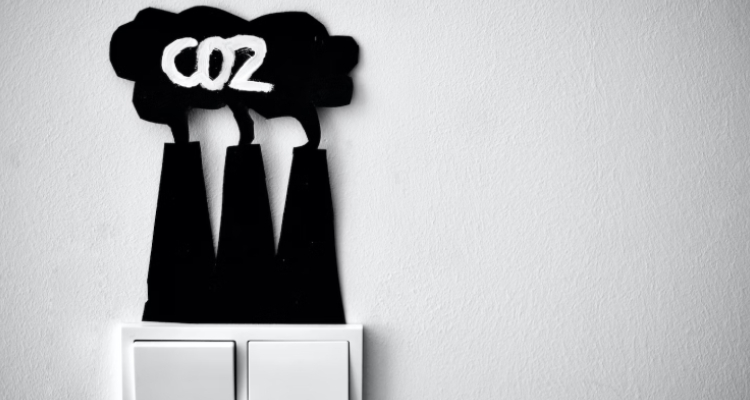
Carbon monoxide (CO) poisoning is a silent, yet potentially deadly, risk that pilots and passengers may face during flight. This odorless, colorless gas is produced by incomplete combustion in aircraft engines and heating systems. The impact of CO exposure can range from mild symptoms to severe health crises, and it’s crucial to know the signs and how to prevent it. This comprehensive guide aims to educate you about the risks of carbon monoxide poisoning in aviation and how you can protect yourself.
What Is Carbon Monoxide?
Carbon monoxide is a gas that forms when carbon-based fuels don't burn completely. It's especially dangerous because it's invisible and odorless, making detection difficult without specialized equipment.
How Does CO Affect Pilots and Passengers?
Inhaling even small amounts of CO can lead to headaches, dizziness, and impaired judgment. Higher concentrations can cause loss of consciousness and even death, presenting a grave risk to both pilots and passengers.
Sources of CO in Aircraft
- Engine Exhaust: Especially in older or poorly maintained aircraft.
- Cabin Heaters: Some heaters could emit CO if they malfunction.
- Nearby Ground Vehicles: Idling vehicles near the aircraft can introduce CO into the cabin.
Symptoms of Carbon Monoxide Poisoning
- Headache
- Nausea
- Dizziness
- Fatigue
- Confusion
- Shortness of breath
Preventative Measures
Regular Maintenance Checks
Regular inspections of your aircraft's engine and heating systems can identify potential sources of CO leaks.
CO Detectors
Install a reliable carbon monoxide detector in your aircraft. Make sure to replace batteries regularly and test the unit frequently.
Ventilation
Ensuring proper cabin ventilation can dilute CO levels, but it's not a substitute for eliminating the source of CO.
Immediate Response
If the CO detector goes off or symptoms of CO exposure appear, land as soon as it is safe to do so and exit the aircraft.
Frequently Asked Questions
How can I detect CO in my aircraft?
Installing a reliable carbon monoxide detector is the best way to monitor CO levels.
What are the common symptoms of CO poisoning?
Symptoms include headaches, nausea, dizziness, and fatigue. Immediate action is crucial.
What should I do if I suspect CO poisoning during a flight?
Land the aircraft as soon as it is safe to do so, and seek immediate medical attention.
Conclusion
Understanding the risks associated with carbon monoxide in aviation is crucial for maintaining a safe flying environment. By taking preventative measures, you can significantly reduce these risks and protect both yourself and your passengers from the hazards of CO poisoning.
